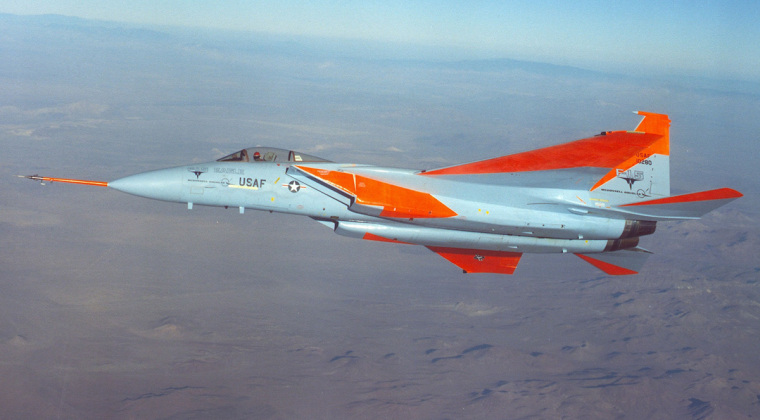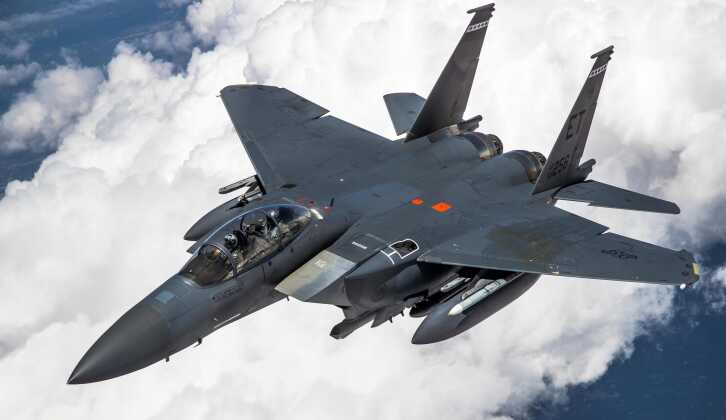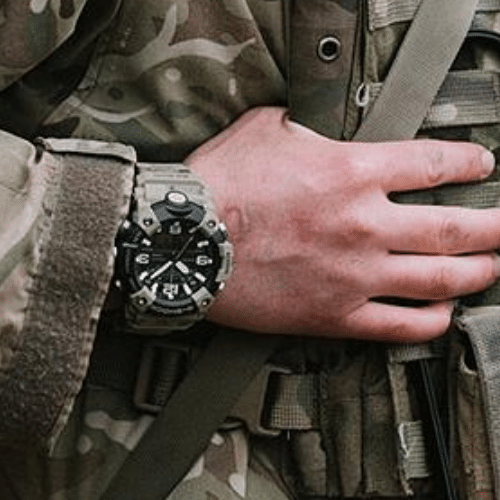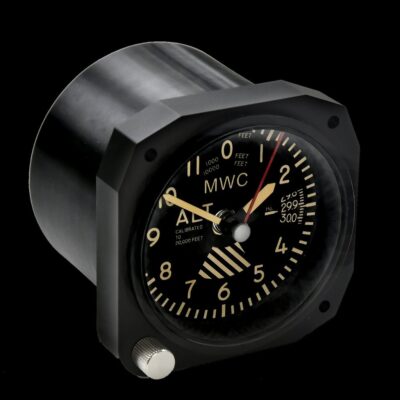News
U.S. Air Force F-15C/D Fighters End 50 Years of Service: What Will Replace Them?
The U.S. Air National Guard 104th Fighter Wing has retied its final F-15C/D Eagle fourth generation fighters atBarnes Air National Guard Base, marking the end of the fighter type’s more than 30 years of service in the Guard. Developed as a high performance air superiority fighter during the Cold War, the F-15C/D has served in the Air Force since 1975, and joined the Air National Guard in the early 1990s. The Guard had previously favoured the heavier F-14 developed for the Navy for long range interception duties, although the aircraft’s much higher cost and maintenance requirements led it to settle for the F-15 despite its much more limited beyond visual range combat capabilities. The 104th Fighter Wing was the final unit in the U.S. Armed Forces to operate the F-15C/D, with the type now operational only in Japan, Israel and Saudi Arabia, marking the end of an era for one of the Cold War’s most iconic fighters.

The U.S. Military had in 2022 fielded nine F-15C/D squadrons, including three in the Air Force and six in the Air National Guard. Two of the Air Force squadrons were based in Japan, with a third based in the United Kingdom. The service has prioritised phasing them out of service quickly. Although the F-15C/D is being phased out, the F-15 remains the oldest fighter type in the world still in production, with approximately newer 200 F-15E Strike Eagles optimised for longer range air-to-ground missions still in service, while the Air Force in the early 2020s began to procure F-15EX fighters with advanced ‘4+ generation’ capabilities. The F-15C/D was initially intended to be replaced by its direct fifth generation successor the F-22 Raptor, although major shortcomings with the program including significant overruns in its operational costs and maintenance needs meant production was cut short at just 25 percent of planned numbers, leaving F-15C/Ds to serve on indefinitely without replacement.

While F-15C/Ds were previously planned to be phased out of service in Fiscal Year 2026, more than 75 percent of the aircraft are limited in either the amount of G-loading they are able to withstand or the speed at which they are allowed to fly due to airframe fatigue, leading to the decision to phase them out early.The 104th Fighter Wing is set to replace its 37 F-15s with F-35A fifth generation fighters, which are scheduled to begin deliveries in 2026. The F-35 was not initially developed as an aircraft to develop the F-15, with its much smaller radar, shorter range, and more constrained flight performance being significant shortcomings particularly for air defence duties. The F-35 was developed primarily for penetration strike missions and the dismantling of enemy air defences, complementing the air superiority focused F-22, although the failure of the F-22 program and continued modernisation of the F-35 means that the latter’s air-to-air capabilities are now considered superior.

Both the Air Force and the Air National Guard have lobbied for more F-15EX procurements to supplement the F-35, with major issues with the fifth generation fighter including serious delayed bringing its capabilities to the Block 4 standard continuing to impede its capabilities, while the F-15EX can be kept available at much higher rates. F-15EX procurements have nevertheless suffered from major delays. In 2022 the commander of the U.S. Air National Guard Lieutenant General Michael Loh joined other senior officers in calling for increased F-15EX procurements. “Some people are still looking at this as a 1970s-technology aircraft. It is not,” he said, highlighting the new F-15 variant’s fifth generation level avionics including its open mission system architecture, Eagle Passive Active Warning Survivability System electronic warfare suite and the AN/APG-82 AESA radar. He conceded, however, that efforts to highlight why F-15EX acquisitions were important had not been optimally pursued, and raised the possibility of a larger scale of F-35 acquisitions serving as an alternative.












